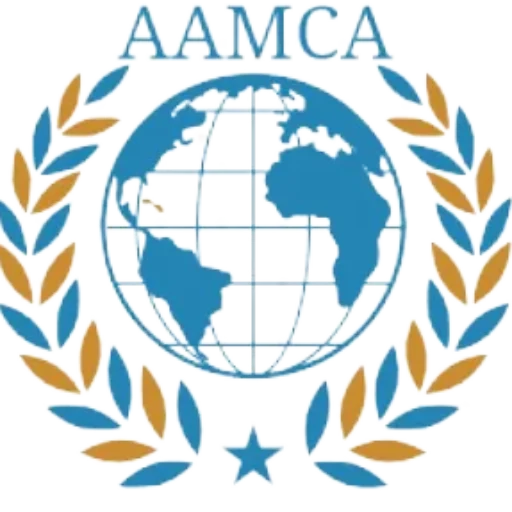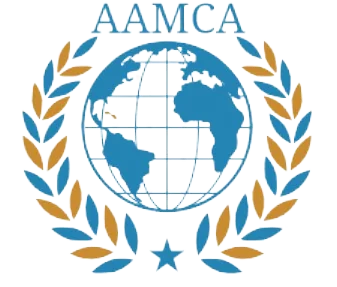Overview of the Conference
The recent international conference organized by the International Atomic Energy Agency (IAEA) and the World Meteorological Organization (WMO) took place in Vienna, from October 3rd to October 7th, 2023. This significant event aimed to enhance the resilience of nuclear facilities against external hazards, addressing a critical area of concern in the nuclear industry. The conference provided a platform for representatives from various nations, industry experts, and regulatory bodies to engage in discussions focused on improving safety protocols and strategies to mitigate risks associated with natural disasters and climate change.
One of the key objectives of the conference was to foster collaboration among international agencies working in the nuclear sector. By bringing together diverse stakeholders, including government officials, researchers, and operators of nuclear facilities, the event aimed to facilitate knowledge exchange and share best practices. These interactions are essential to developing and implementing more effective safety measures in nuclear installations worldwide.
The importance of such gatherings cannot be overstated. They offer an opportunity for participants to learn from one another’s experiences and challenges, ultimately contributing to a more comprehensive understanding of the safety landscape surrounding nuclear operations. Emphasizing resilience is crucial, given the increasing frequency of extreme weather events linked to climate change and other external hazards. By prioritizing discussions that concentrate on risk assessment and management, the conference highlights the ongoing need for the nuclear sector to adapt and improve its safety frameworks.
Furthermore, the collaboration between the IAEA and the WMO exemplifies the interconnectedness of various sectors in addressing global challenges. The engagement of multiple agencies in discussions about nuclear safety illustrates a commitment to safeguarding public health and the environment, reinforcing the significance of thorough and proactive measures to enhance the safety of nuclear facilities globally.
Key Challenges in Nuclear Safety
Nuclear facilities face a multitude of challenges in ensuring their safety, particularly as natural hazards evolve due to climate change. Extreme weather events, including severe storms, heatwaves, earthquakes, and floods, pose significant risks that can compromise the integrity and functionality of these facilities. With climate change projections forecasting an increase in the frequency and intensity of such natural disasters, it becomes imperative for nuclear power operators to reassess and adapt their safety protocols.
One of the primary concerns is the aging infrastructure of many nuclear facilities, which may not have been designed to withstand the severity of modern natural threats. As a result, these facilities must enhance their resilience against flooding and seismic activities, which could disrupt operations or facilitate accidental releases of radioactive material. The International Atomic Energy Agency (IAEA) highlights the necessity for upgrades to existing safety systems and the incorporation of innovative engineering solutions to address these challenges effectively.
IAEA Deputy Director General Karine Herviou emphasizes that the evolving climatic conditions necessitate a proactive approach to nuclear safety. She advocates for a thorough examination of potential vulnerabilities and the development of robust contingency plans that can be deployed in the event of an emergency. The insights shared during the recent International Conference in Vienna underscore the urgency for nuclear facilities to invest in advanced technology and infrastructure improvements, allowing them to better anticipate and mitigate the risks posed by natural hazards.
In light of these pressing challenges, collaboration among international stakeholders is essential to address nuclear safety concerns comprehensively. Sharing best practices and research on emerging threats can enhance the overall safety culture within the industry, ultimately contributing to the safe and sustainable operation of nuclear power plants in diverse environments.
Expert Participation and Collaboration
The International Conference in Vienna brought together a diverse range of participants, underscoring the collaborative nature of the nuclear safety community. Key stakeholders included nuclear facility operators, engineers, hazard analysts, regulators, and disaster management authorities. This breadth of expertise played a critical role in facilitating comprehensive discussions aimed at strengthening the safety of nuclear installations worldwide.
One of the primary functions of the conference was to create a platform for the sharing of best practices and lessons learned among the participants. Engaging experts across varying specialties not only enhances the collective knowledge but also fosters a culture of continuous improvement within the nuclear sector. The exchange of information regarding hazard analysis and safety assessments is particularly crucial, as it allows organizations to understand diverse methods and approaches to managing risks effectively.
During the conference, several key themes emerged, reflecting the core concerns of the nuclear safety community. Topics such as the importance of rigorous safety assessments, including regular evaluations of nuclear facility infrastructure, were widely discussed. Additionally, experts emphasized the essential role of emergency preparedness in mitigating the consequences of potential incidents, highlighting the need for comprehensive training and drills to ensure readiness. These collaborative discussions provided valuable insights into how various authorities can enhance their preparedness strategies and response mechanisms.
The significance of collaboration among these diverse experts cannot be overstated, as it serves to unify efforts towards improved nuclear safety. By drawing from a wellspring of knowledge and experience, participants worked towards a shared goal: safeguarding communities and the environment from potential nuclear hazards. Such initiatives are pivotal in creating a more resilient nuclear industry capable of addressing the challenges and complexities of modern safety demands.
Future Directions and Call to Action
The International Conference in Vienna highlighted several crucial outcomes aimed at enhancing the safety of nuclear facilities globally. The discussions focused on proposed future actions and guidelines that align with the overarching goal of ensuring nuclear safety practices keep pace with evolving challenges. Central to these conversations was the call to action by the conference president, emphasizing the vital role of the International Atomic Energy Agency (IAEA) in driving new projects and research initiatives in the nuclear safety domain.
The IAEA is encouraged to spearhead innovative approaches to nuclear safety, which could include comprehensive risk assessments, advanced training modules for nuclear facility personnel, and the development of standardized safety protocols. By fostering collaboration among member states, the IAEA could facilitate the sharing of best practices, enabling countries to benefit from one another’s experiences and enhance their safety measures. This collaborative approach is essential for the effective implementation of safety enhancements across diverse nuclear installations.
Networking opportunities that were created during the conference have reinforced the importance of ongoing collaboration among international experts. These interactions are crucial in establishing a robust framework for the continuous exchange of knowledge and technology. Recommendations were made to create formal networks that will maintain dialogue among nuclear safety professionals, paving the way for collective problem-solving and innovation. Such collaborative efforts can lead to the development of cutting-edge solutions that address specific regional safety challenges, ultimately contributing to a more unified approach to global nuclear safety.
In conclusion, as we move forward, it is imperative that stakeholders actively engage in the initiatives laid out during the conference. The commitment to enhancing nuclear safety is vital not only for protecting personnel and the environment but also for fostering public trust in nuclear energy as a sustainable power source. Continued collaboration, innovation, and proactive action will play a key role in achieving these objectives.




